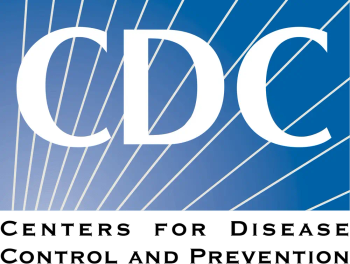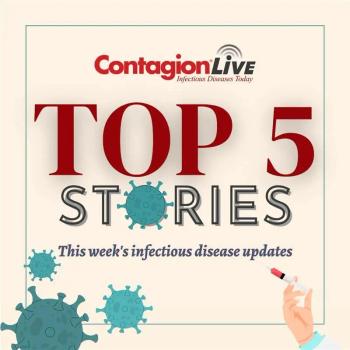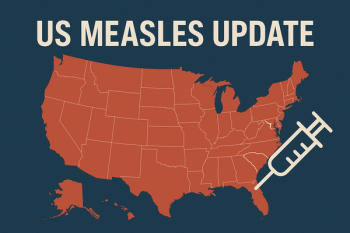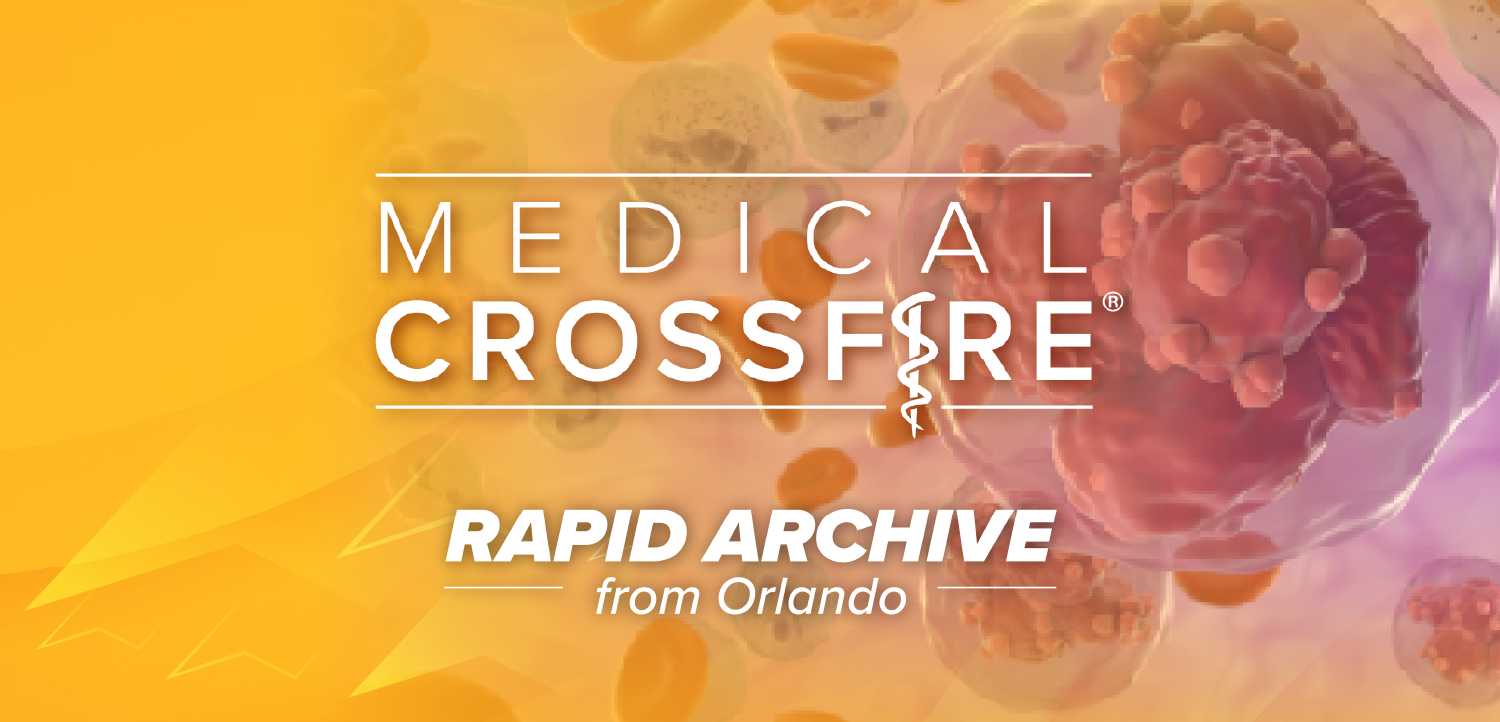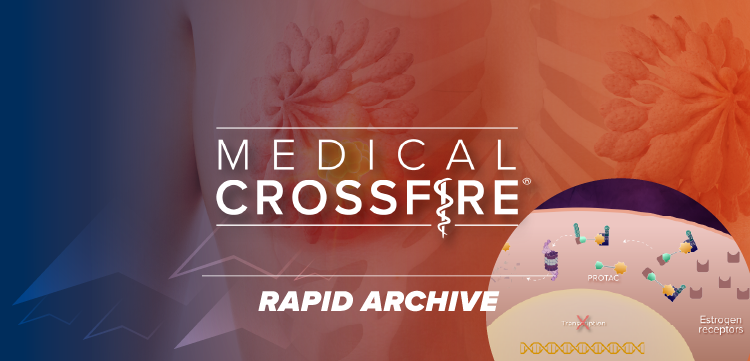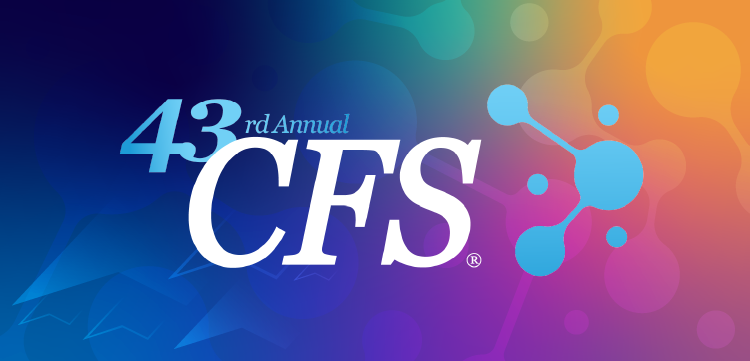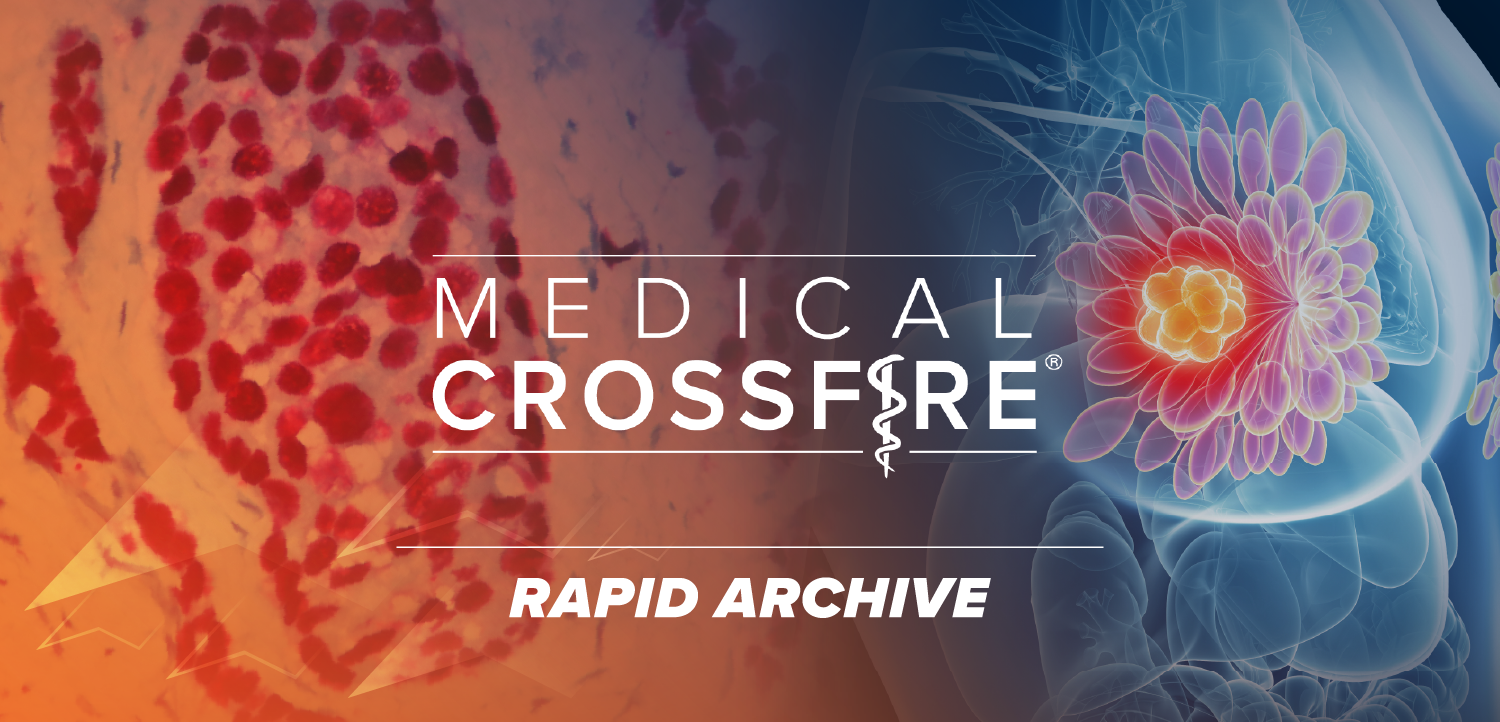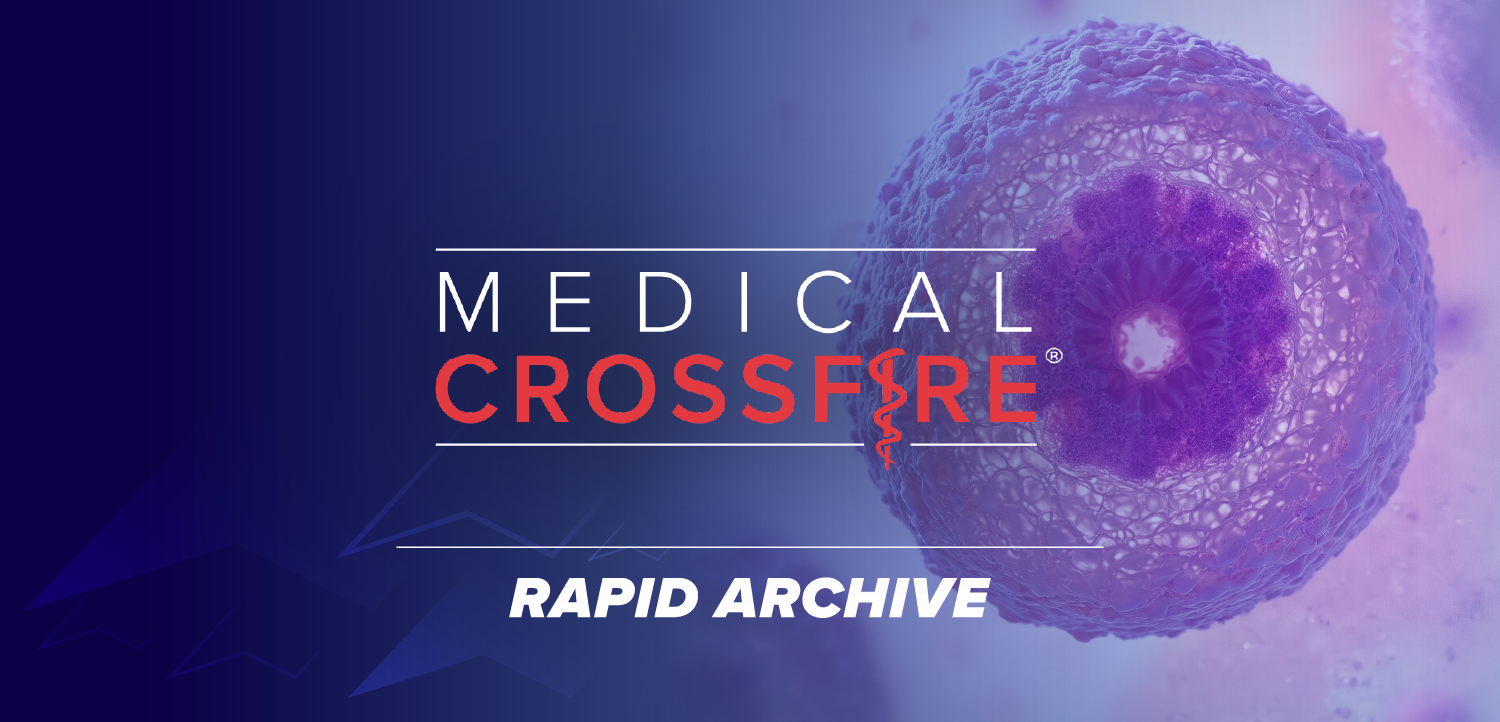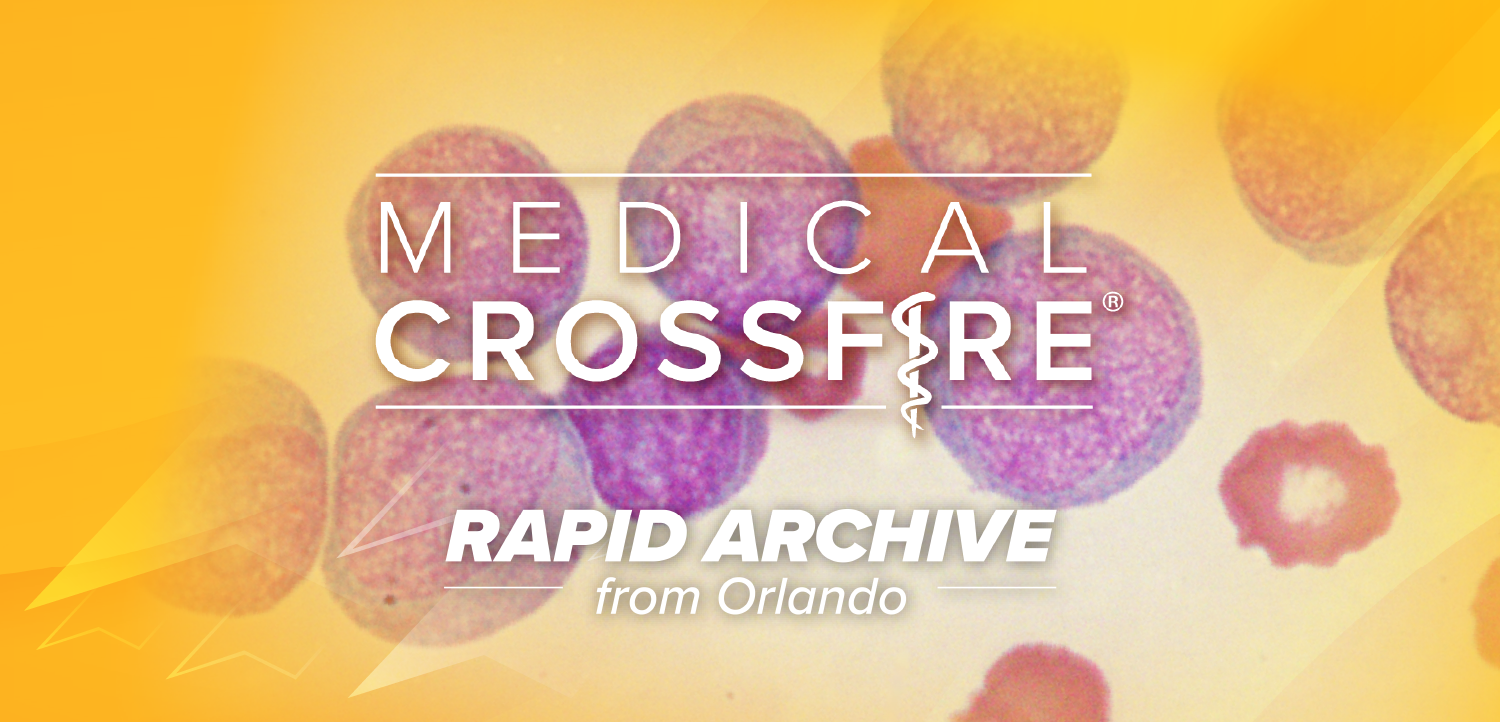Despite political shifts and controversy, it is positive to see the NIH continuing its commitment to advancing vaccine research with the Generation Gold Standard initiative. The US Department of Health and Human Services (HHS) and the National Institutes of Health (NIH) have announced the launch of this in-house program focused on developing a next-generation universal vaccine platform using a beta-propiolactone (BPL) inactivated whole-virus approach. The initiative aims to protect against multiple pandemic-prone viruses, including H5N1 avian influenza and coronaviruses such as SARS-CoV-2, SARS-CoV-1, and MERS-CoV.
Unlike traditional strain-specific vaccines, the BPL method preserves the virus’s structural integrity while rendering it non-infectious. This allows for broad and long-lasting B and T cell immune responses. The intranasal formulation of the lead influenza candidate, BPL-1357, is currently in Phase Ib and II/III clinical trials. It is being developed to block virus transmission, a target not yet achieved by current COVID-19 and flu vaccines.
“Our commitment is clear: every innovation in vaccine development must be grounded in gold standard science and transparency and subjected to the highest standards of safety and efficacy testing,” said HHS Secretary Robert F Kennedy Jr.
NIH Director Dr. Jay Bhattacharya added, “Generation Gold Standard is a paradigm shift. It extends vaccine protection beyond strain-specific limits and prepares for flu viral threats not just today’s but tomorrow’s as well using traditional vaccine technology brought into the 21st century.” The BPL platform, which is entirely government-owned and NIH-developed, aims to ensure public accountability and reduce reliance on commercial partnerships. The technology is also being evaluated against other respiratory viruses, such as RSV, metapneumovirus, and parainfluenza.
What You Need To Know
The NIH’s Generation Gold Standard aims to develop a next-generation universal vaccine for pandemic-prone viruses using a beta-propiolactone (BPL) inactivated whole-virus approach.
The BPL-1357 vaccine candidate, currently in Phase II/III trials, aims to provide broad immune protection and block virus transmission.
Political actions, including HHS restructuring and funding cuts, risk weakening the systems needed to implement and support the Generation Gold Standard initiative.
This initiative is part of a broader movement to shift away from seasonal, strain-specific vaccines and toward broader, more durable flu protection with potential pandemic response capabilities. We first were introduced to a universal vaccine from Longhorn Vaccines and Diagnostics, as they are advancing a cross-strain, cross-species vaccine using a composite peptide platform, which has shown preclinical success in pigs and mice. Jeff Fischer, MBA, president of Longhorn Vaccines and Diagnostics, explained, “A universal vaccine could play multiple roles in pandemic preparedness. It could be stockpiled for deployment once a pandemic strain is identified, providing at least a baseline level of protection while a strain-specific vaccine is developed. It could also replace the seasonal vaccine to generate coverage in advance of a pandemic and potentially prevent pandemics from ever happening.”
Although, the focus on advancing long-term pandemic preparedness through initiatives like Generation Gold Standard contrasts with recent political changes. The Trump administration’s HHS restructuring plan includes significant cuts to federal health jobs, defunding programs like GAVI, and dismantling or merging key agencies focused on public and global health. While the BIH initiative aims to build long-term pandemic resilience, these political actions risk undermining the very systems necessary for implementing such a platform, potentially weakening national preparedness and international cooperation.
References
3. HHS Announces Transformation to Make America Healthy Again. HHS press release. March 27, 2025. Accessed May 2, 2025. https://www.hhs.gov/about/news/hhs-restructuring-doge.html

